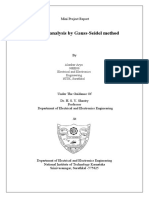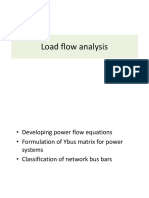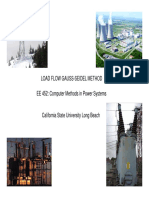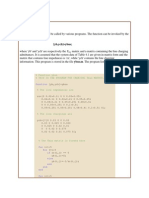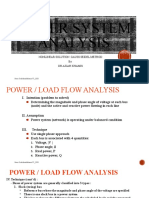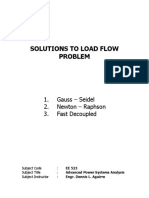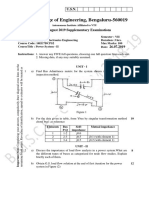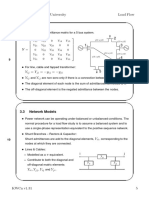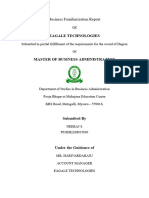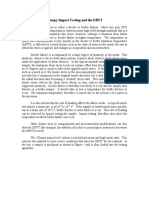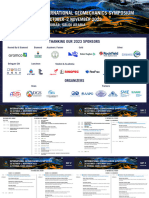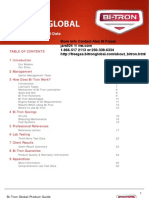0% found this document useful (0 votes)
42 views5 pagesNumerical Problems On Load Flow Analysis
Numerical Problems on Load Flow Analysis
Uploaded by
Md Yekra RahmanCopyright
© © All Rights Reserved
We take content rights seriously. If you suspect this is your content, claim it here.
Available Formats
Download as DOCX, PDF, TXT or read online on Scribd
0% found this document useful (0 votes)
42 views5 pagesNumerical Problems On Load Flow Analysis
Numerical Problems on Load Flow Analysis
Uploaded by
Md Yekra RahmanCopyright
© © All Rights Reserved
We take content rights seriously. If you suspect this is your content, claim it here.
Available Formats
Download as DOCX, PDF, TXT or read online on Scribd
/ 5












